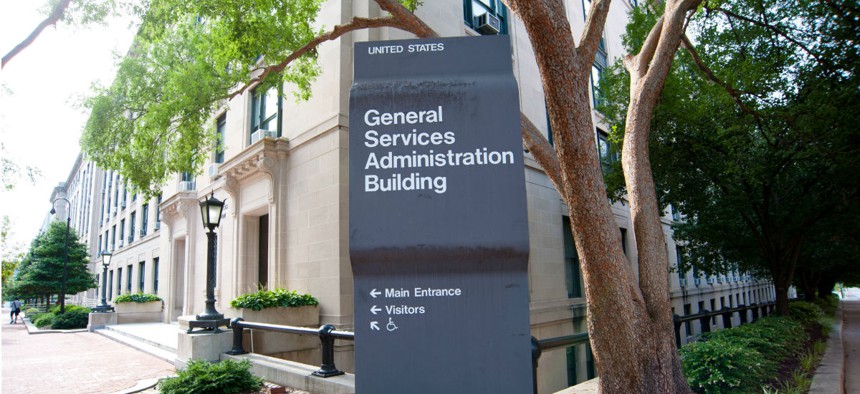GSA Uses Final Weeks Under Obama to Advance Shared Services, Category Management
A new vision of standardized business processes would endure 10 years.
With the transition to a Trump administration well under way, the General Services Administration is moving to further institutionalize the Obama administration’s push to make agencies more efficient and effective stewards of taxpayer dollars by sharing more back-end administrative services and adopting category management as a procurement model.
On Wednesday, the agency announced an “innovative new vision for administrative mission support services that eliminates redundancy, reduces risk, and leverages government’s buying power to deliver administrative services that create a more effective government.”
GSA’s office of Unified Shared Services Management, working with the Shared Service Governance Board created with the Office of Management and Budget in October 2015, is crafting a “10-year vision” for shared services, although funding for the interagency initiative has been dicey.
Elizabeth Angerman, executive director of the Unified Shared Services Management office, said, "this vision is the reflection of input from government and industry executives over the course of more than a year. It is a major departure from the way government does administrative support software and services currently, so it will require significant change management."
An example of shared services is the GSA’s Payroll Services Branch, which provides full payroll services for more than 20,000 employees at GSA and more than 30 independent agencies or presidential commissions.
Specifically, the new vision would lay the groundwork for common agreement on business processes and capabilities to standardize technology, limit costly customization, and achieve economies of scale, an agency statement said.
It will also enable subscription technology services, such as Software as a Service (SaaS) and Platform as a Service (PaaS), which would allow the government to pay only for those things it needs, as it needs them. Additionally, it will create “a balanced marketplace of federal and commercial providers” of transaction processing services and technology services.
On Tuesday, GSA announced an agreement with software giant Adobe to offer “data-centric security and electronic signature” services. That deal, GSA said, could save $350 million and will help agencies comply with information security requirements under the revised OMB Circular A-130, the Cybersecurity National Action Plan, the Cybersecurity Strategy & Implementation Plan, the 2015 Cybersecurity Act, the Government Paperwork Elimination Act, the 2000 E-Sign Act, and the Federal Information Technology Acquisition Reform Act.
“The offering is a significant step forward in promoting acquisition efficiency and supporting the agency’s goals under category management,” said Mary Davie, assistant commissioner for GSA’s Federal Acquisition Service, Office of Information Technology Category. “It will help federal agencies protect high value assets, while also supporting faster transition to an electronic government.”
Lesley Field, deputy administrator of OMB’s Office of Federal Procurement, said, “This is another great example of federal acquisition excellence and category management principles using cross-agency collaboration to understand spend, streamline acquisition, create greater contracting transparency and efficiencies, and save money.”








